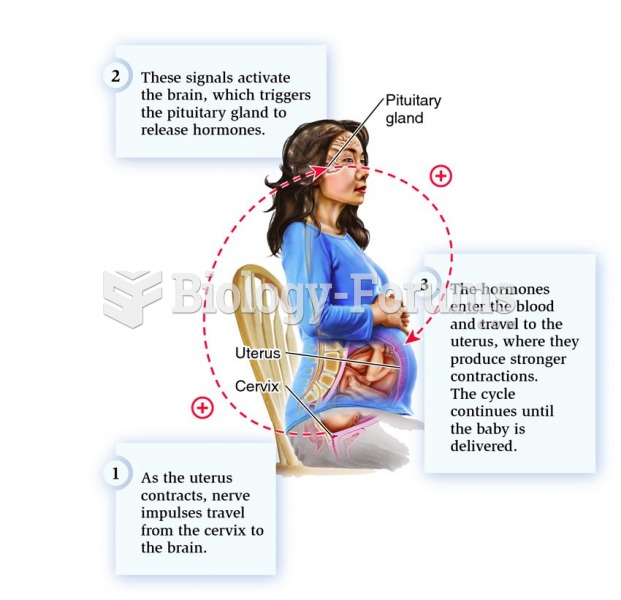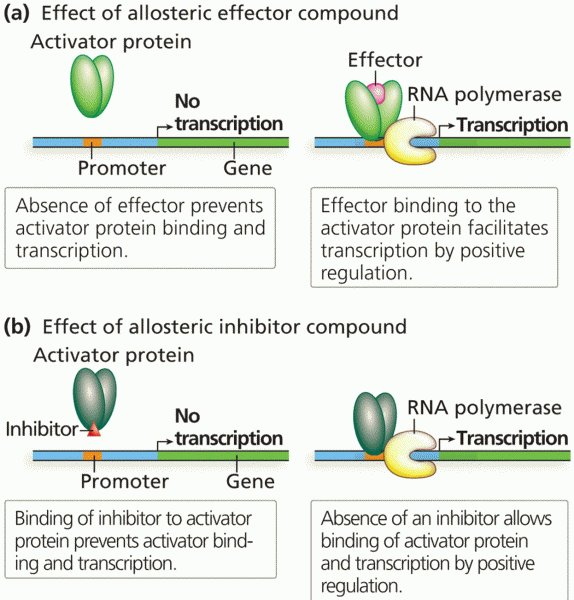This topic contains a solution. Click here to go to the answer
|
|
|
Did you know?
More than 150,000 Americans killed by cardiovascular disease are younger than the age of 65 years.
Did you know?
There are 20 feet of blood vessels in each square inch of human skin.
Did you know?
Approximately 25% of all reported medication errors result from some kind of name confusion.
Did you know?
In 1844, Charles Goodyear obtained the first patent for a rubber condom.
Did you know?
Hypertension is a silent killer because it is deadly and has no significant early symptoms. The danger from hypertension is the extra load on the heart, which can lead to hypertensive heart disease and kidney damage. This occurs without any major symptoms until the high blood pressure becomes extreme. Regular blood pressure checks are an important method of catching hypertension before it can kill you.







